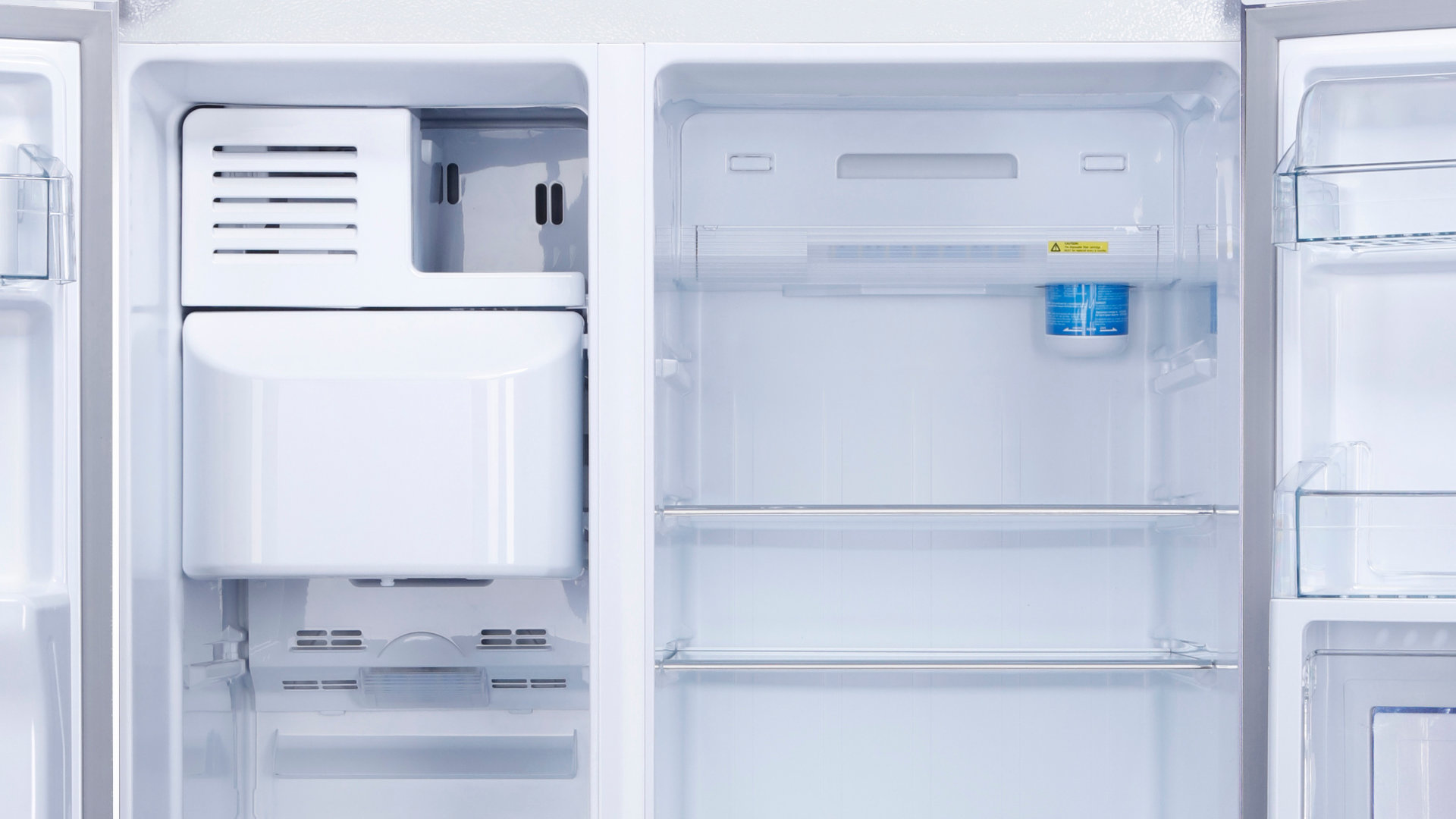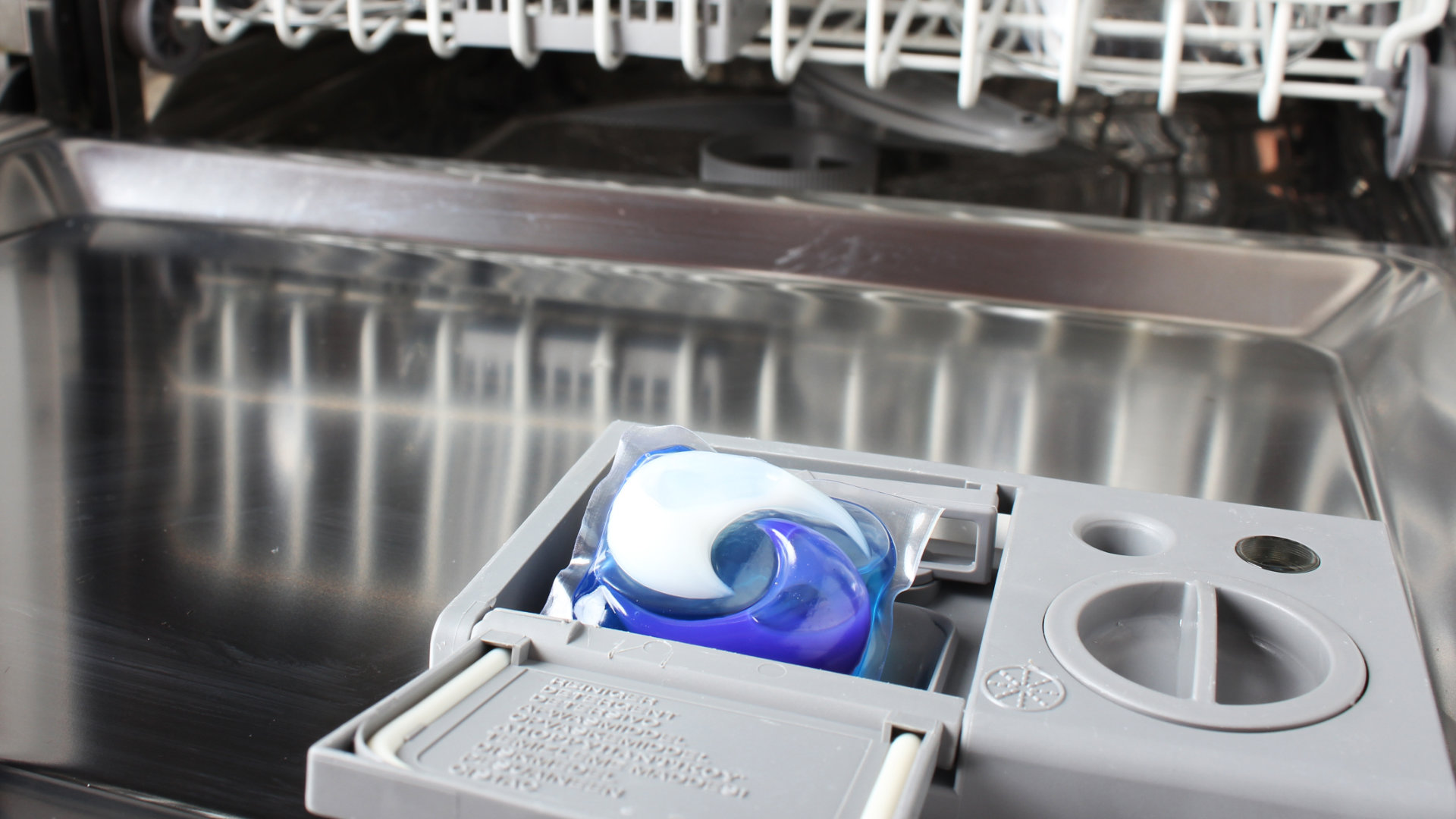
A dishwasher pod requires water to dissolve. Therefore, if a dishwasher pod is not dissolving, it is most likely because the pod is either blocked from getting water or a component responsible for supplying water is defective. First, you should make sure the detergent dispenser can open and that the pod can get into the dishwasher tub. Next, you need to check the water inlet valve, spray arms, and circulation pump.
Follow these steps to troubleshoot and fix the issue.
1. Check the placement of the dishes
If the dishwasher pod is not dissolving, it could be because a dish is stopping the detergent dispenser from opening, or blocking the pod from getting into the dishwasher tub.
If the dispenser is blocked, you will most likely find the pod still in the dispenser. Another reason you might find the pod still in the dispenser is a faulty dispenser, which we discuss below.
The dishwasher pod requires water to dissolve. If an item like a cutting board is placed in front of the dispenser, it may block the pod from getting into the dishwasher tub. If you find the pod stuck on the dishwasher door or up against the cutlery basket, it is likely that a dish blocked it from reaching the tub.
Make sure the dispenser is not blocked, and do not put items like a cutting board at the front of the dish rack to avoid the problem.
2. Check the detergent dispenser
There are several types of dishwasher dispensers, with most operating with a spring and a solenoid to open the dispenser lid when the time is right. If the dispenser is unable to open, stays closed, or it is opening at the wrong time, the pod won’t dissolve properly.
Check that the dispenser lid can close and open correctly (with most dishwashers, it should spring open).
Problems with the detergent dispenser include:
- Detergent residue around the dispenser stops the lid from opening. Clean the dispenser to prevent this from happening.
- Broken or missing lid spring. Usually located around the hinge, if the spring is broken or missing, the lid will not spring open, so it needs to be replaced.
- Damaged dispenser latch. If the latch is defective, it will need to be replaced.
- Wax motor solenoid is defective. Test the solenoid with a multimeter to see how many ohms it has (check the tech sheet to see what the ohms should be).
Depending on the dishwasher, you may be able to replace individual dispenser parts, like the spring, or the entire dispenser may need to be replaced.
With most dishwashers, the inner door panel needs to be removed to access, test, or replace the dispenser.
3. Check the water temperature
One of the most common reasons for a dishwasher pod not dissolving is that the water temperature is not hot enough. The recommended dishwasher water temperature varies between manufacturers; typically, it is between 120 and 150 degrees Fahrenheit.
Running the hot water in the kitchen sink and measuring the temperature will let you know if the water is hot enough. If the temperature is below 120 degrees Fahrenheit, adjust the temperature on your water heater (only make small adjustments, you don’t want people to get burnt by making it too hot).
A temperature issue can often be solved by running the kitchen tap to warm up the water before starting the dishwasher cycle. With certain types of houses or times of day, like the morning, it may take longer for the water to warm up.
4. Check for a defective water inlet valve
The dishwasher’s water inlet valve controls the amount of water coming into the dishwasher. If the valve is defective, the dishwasher may not be receiving enough water to allow the dishwasher pod to dissolve.
To find out if the water inlet valve is defective, run a dishwasher cycle, but after two minutes, pause the cycle and check that there is water in the tub. There should be about ⅜ of an inch of water (plastic tub models) or ½ of an inch of water in the tub (porcelain and metal tubs).
The water inlet valve can fail electrically or mechanically when mineral deposits clog the valve. Both failures require the water inlet valve to be replaced.
The water inlet valve is usually accessed by removing the dishwasher’s kick plate. After removing the kick plate, you should see the water inlet valve connected to the water inlet line. Make sure to disconnect the power and turn the water off before removing the kick plate.
The water inlet valve can be tested with a multimeter for continuity (a continuous electrical path) to determine if it has failed electrically.
5. Check the spray arms
Depending on the type of dishwasher, it may have spray arms at the bottom, middle, and top. The spray arms have tiny holes which spray water onto the dishes during a cycle. The spray arm holes can become clogged with food debris, which could be preventing the dishwasher pods from getting enough water to dissolve.
If a spray arm appears dirty or clogged, remove it and clean it with warm water and dish soap. Unclog the holes with a pin, paper clip, or wire brush, but be careful not to damage the spray arm. It is recommended not to use a toothpick, as it may break and get stuck inside the spray arm.
Over time, the spray arms can also warp or crack, which can prevent the dishwasher pods from getting enough water to dissolve. The spray arms should also be able to rotate (most dishwashers). If a spray arm is damaged, replace it.
6. Check the circulation pump
The dishwasher’s circulation pump forces water into the spray arms to wash the dishes. If the circulation pump is defective, there most likely will not be enough water for the dishwasher pods to dissolve.
To check if the circulation pump is working properly, listen to the sound the dishwasher makes after it has filled with water and the circulation pump starts working. If you hear an unusual noise or nothing at all, there’s a good chance the circulation pump is defective. However, you should also have noticed that the dishes are not being cleaned properly.
The circulation pump can be checked for continuity with a multimeter; however, it is best to call a trained technician to test and replace the pump.
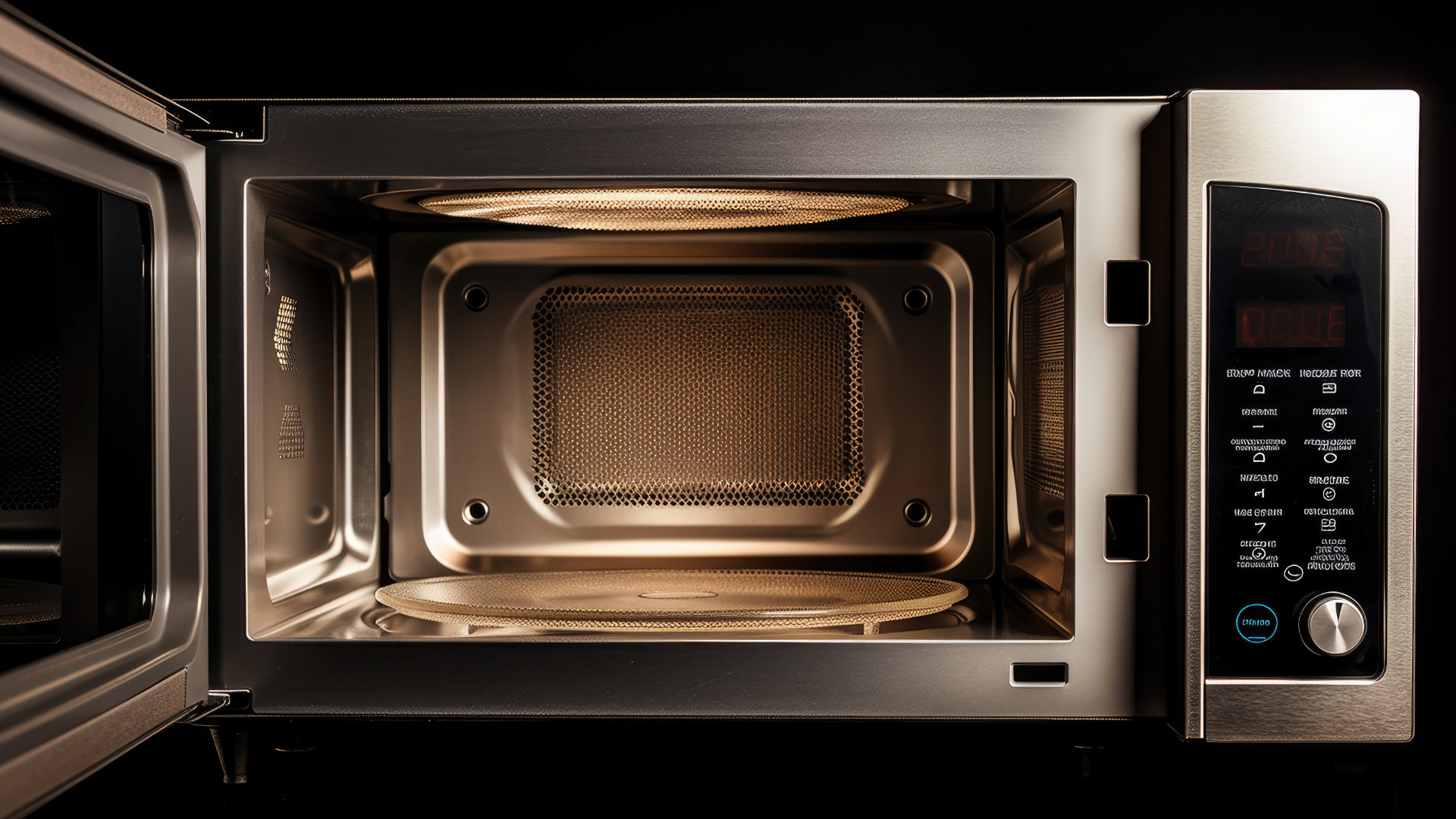
Eliminate the Burning Smell From Your Microwave
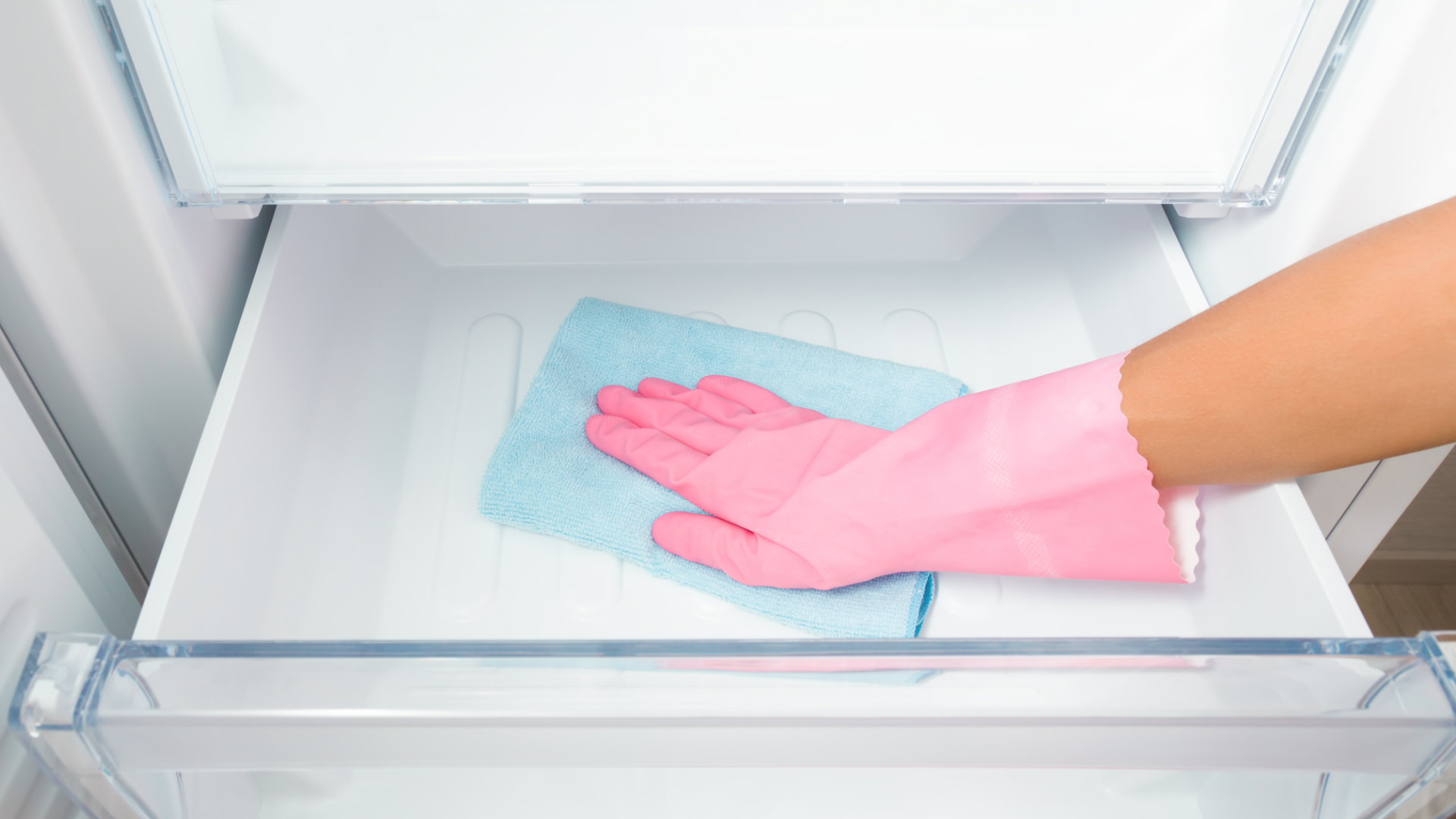
Fixing a Samsung Freezer That Won’t Freeze

Whirlpool Oven Won’t Heat: Here’s What To Do
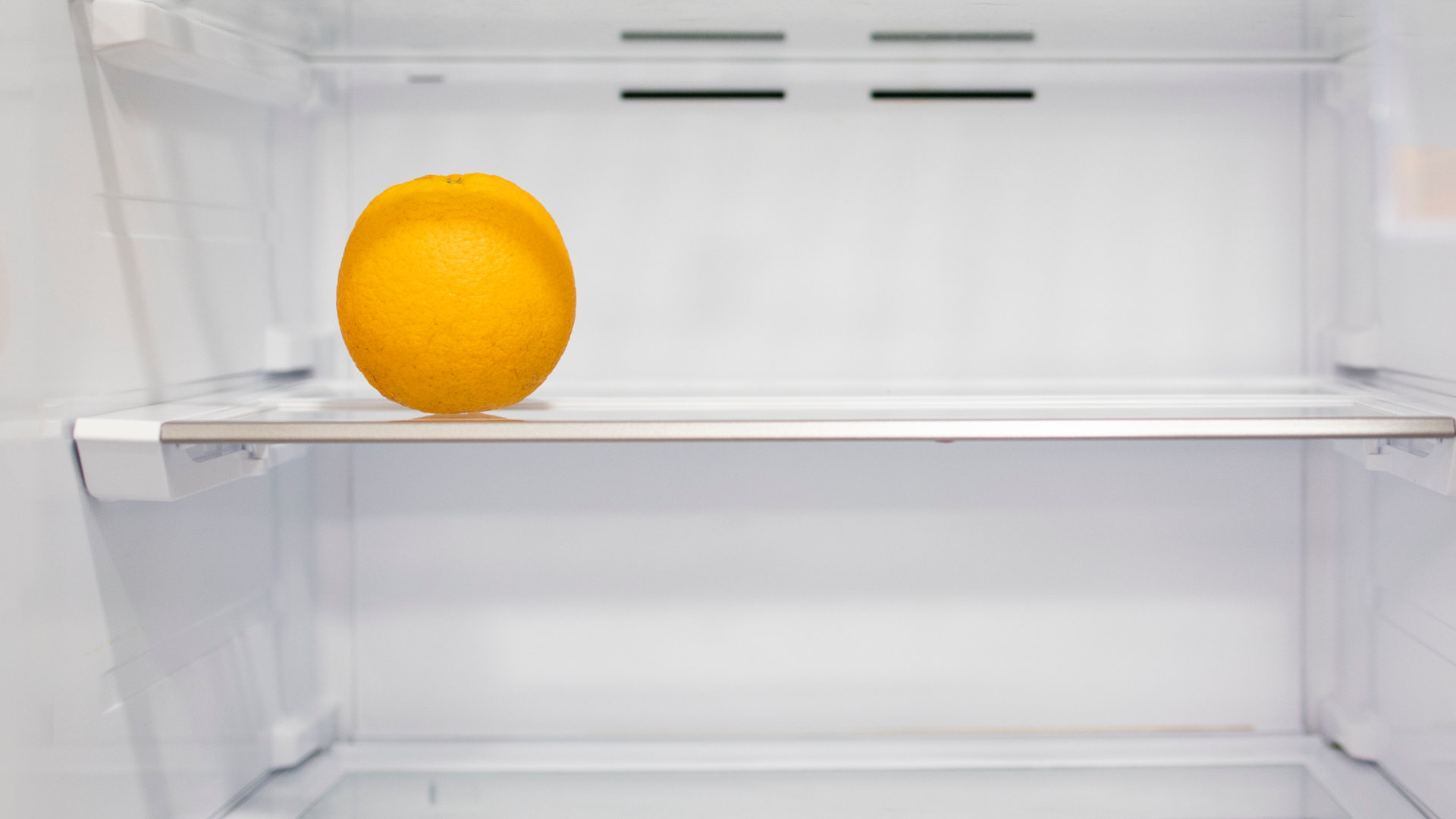
Easy Steps to Clean Your Refrigerator Coils
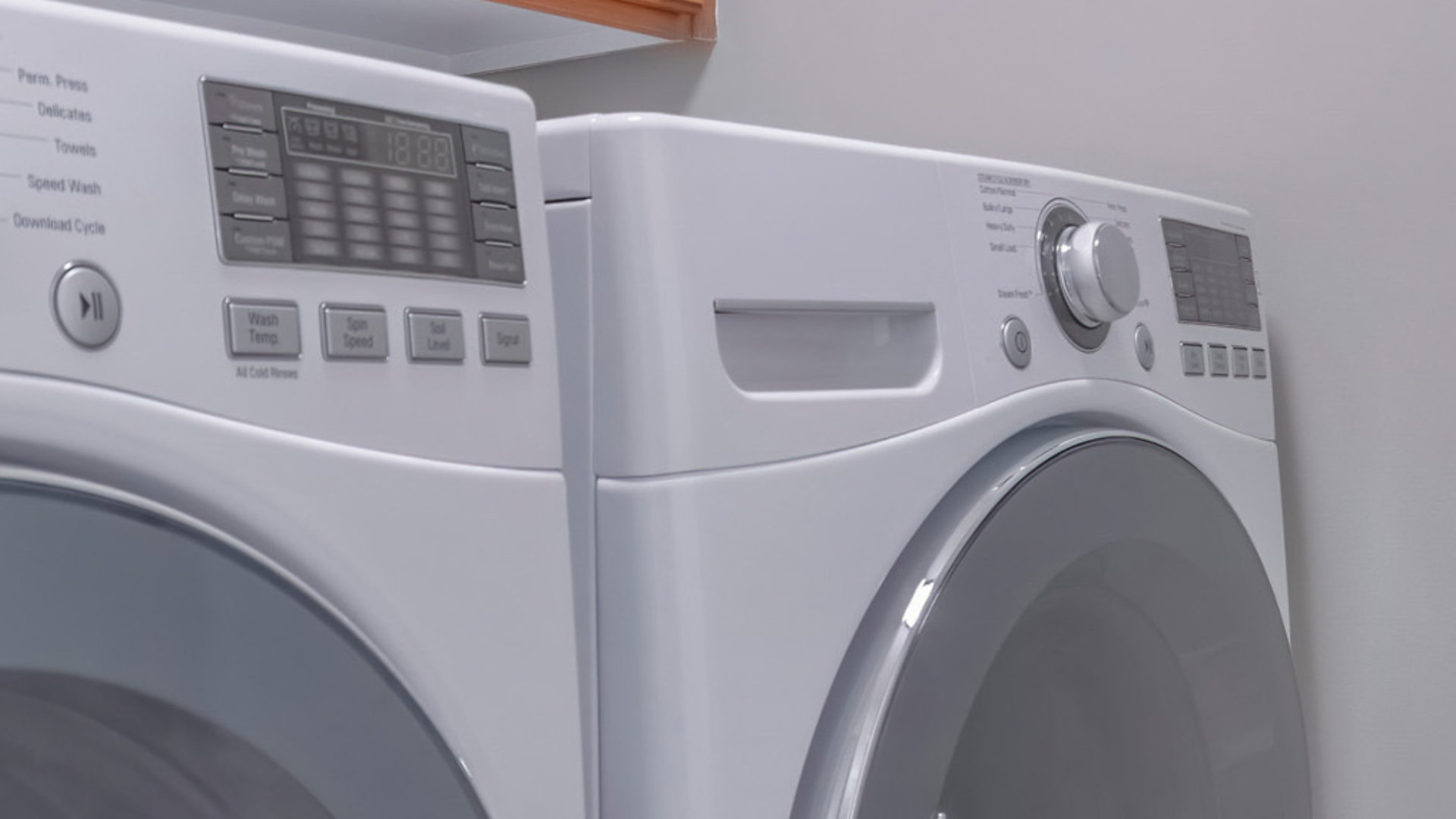
Quick Fixes for an LG Dryer Not Heating
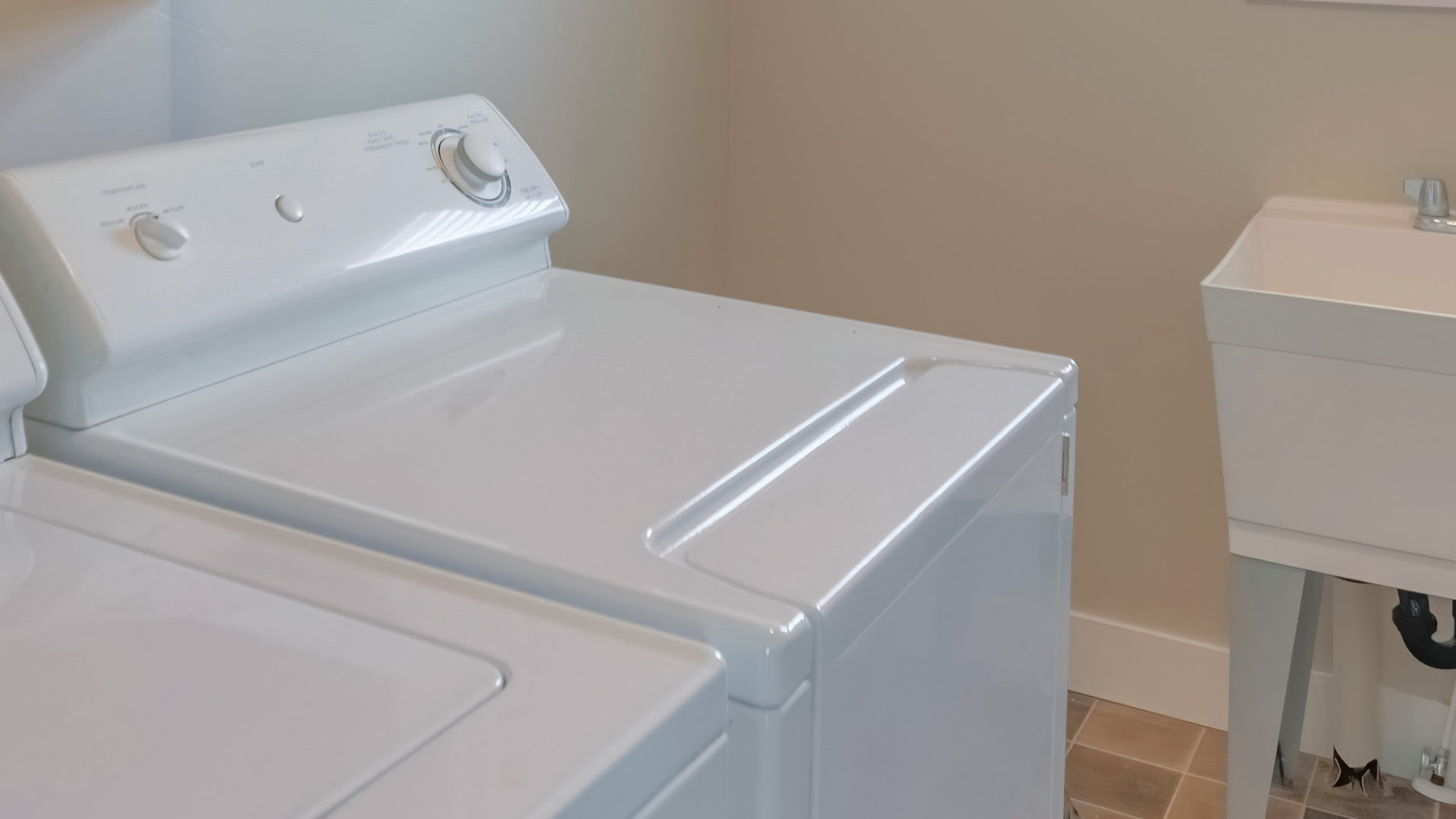
How to Fix an Electrolux Dryer That’s Not Drying

Why Is Your Whirlpool Washer Lock Light Flashing?
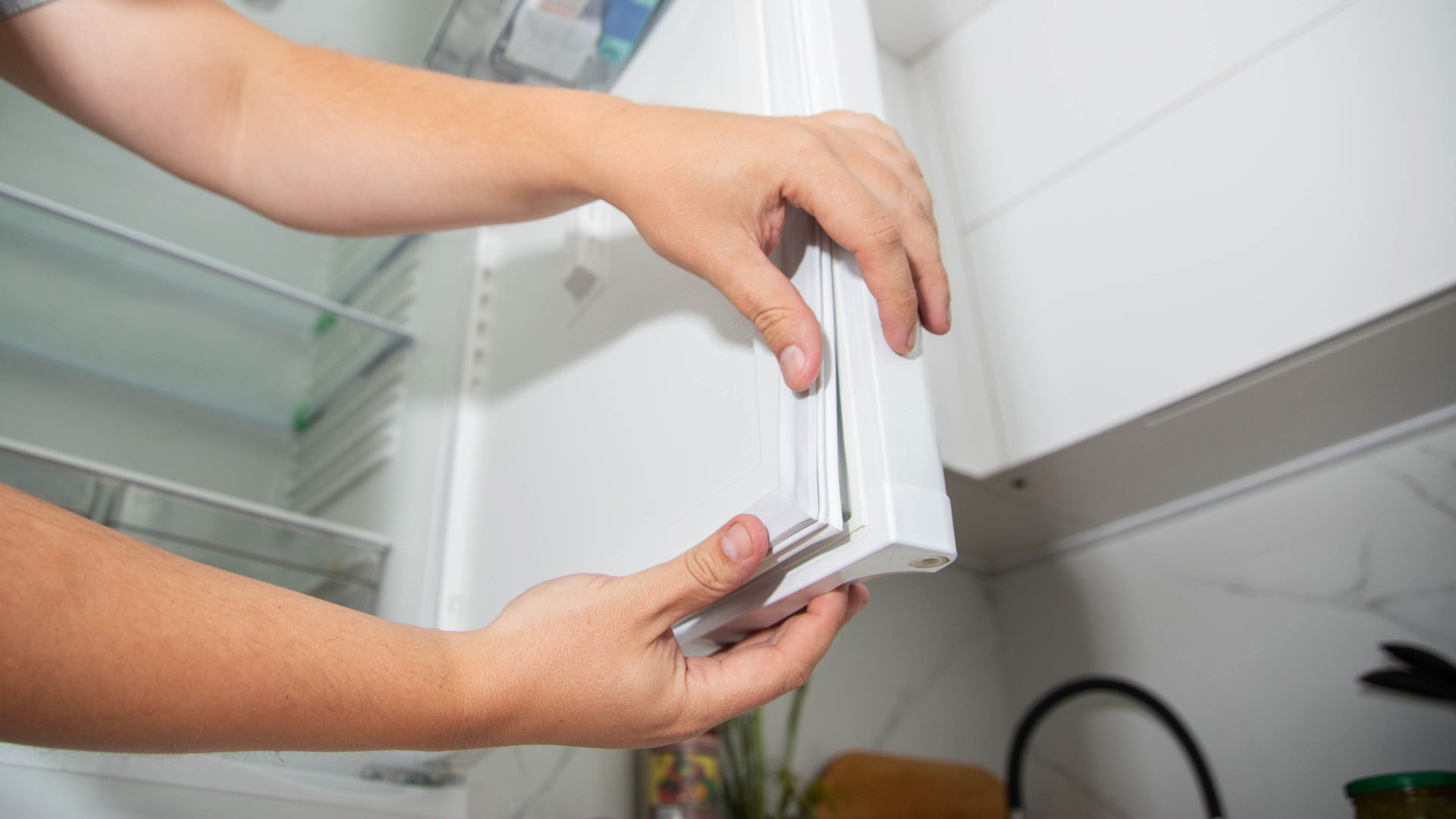
Why Is Your Freezer Door Not Sealing?
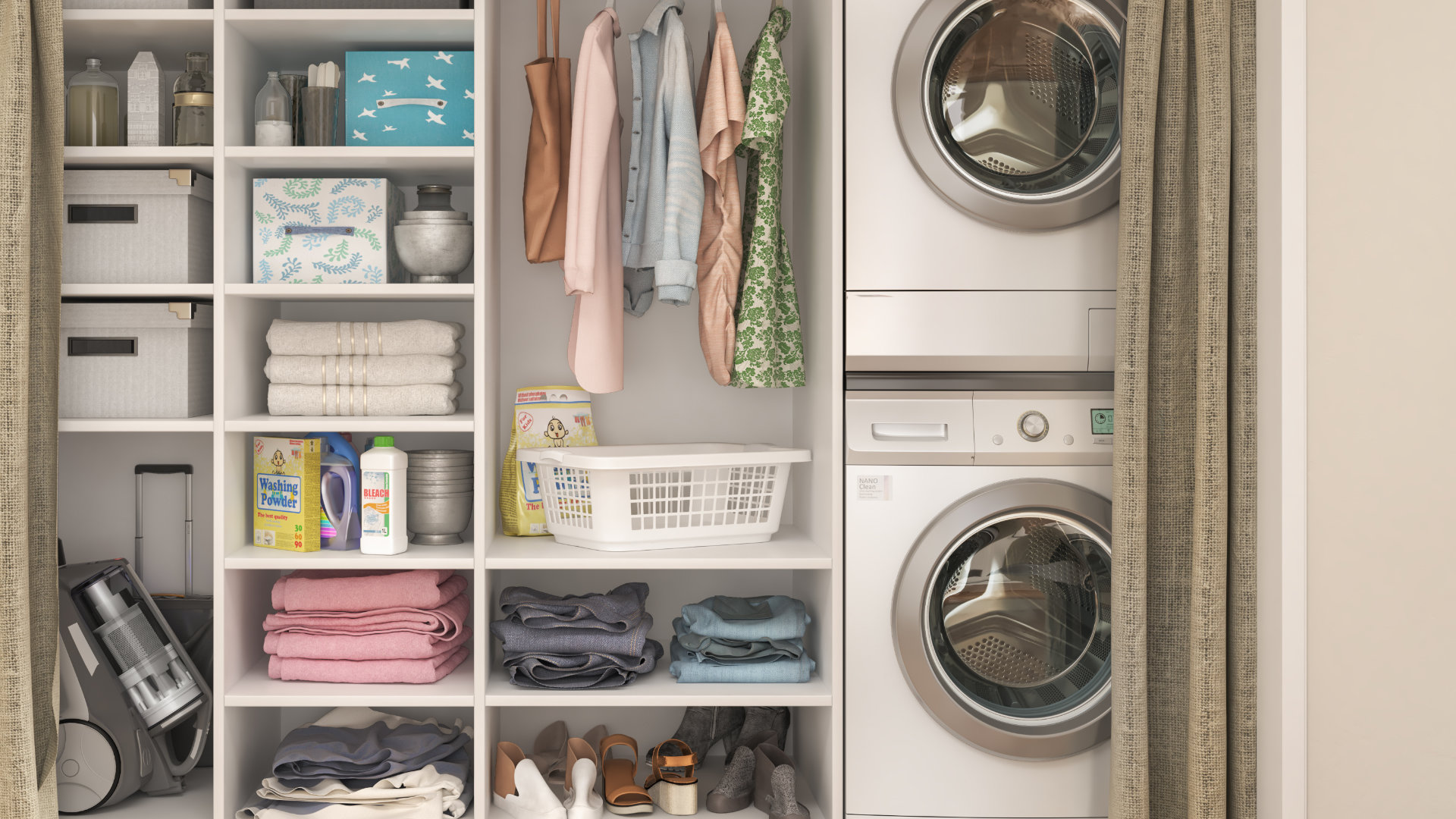
How Does a Ventless Dryer Work?
